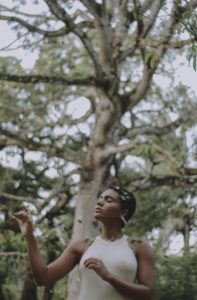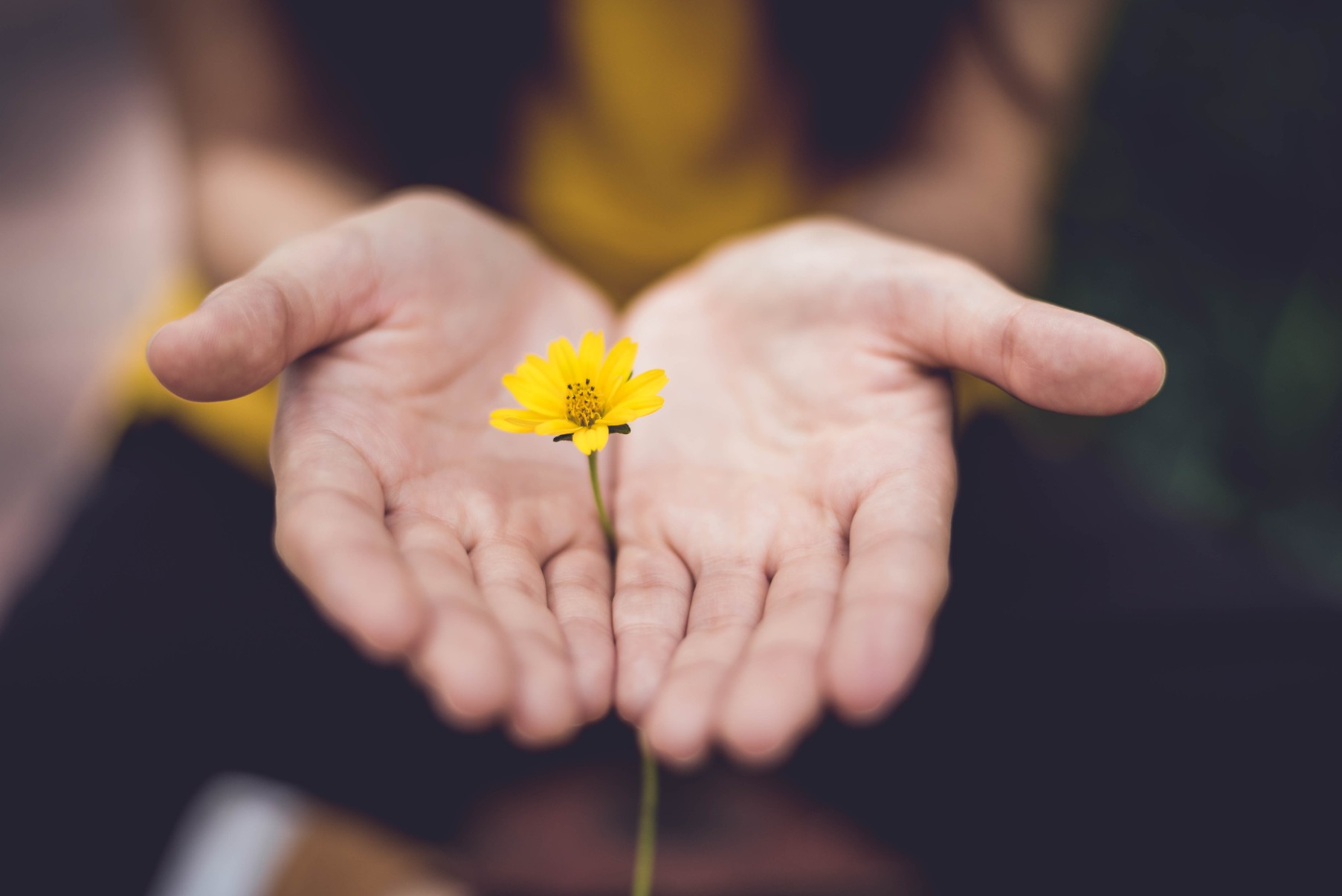Top 5 Bee-Friendly Trees Every Beekeeper Should Grow
Not enough people know this, but bees are the most important organisms on this planet. Their contribution to the ecosystem is unmatched by any other living creatures. On the ecological front, these busy little insects contribute to most of the pollination of plants which is required for them to reproduce and give food to support life on earth. To put it in simple terms, without bees you wouldn’t be able to get that delicious fruit you love at the farmers’ market. The food chain would collapse leaving the earth barren and lifeless. To prevent this, we all have to do our part by providing bees with bee-friendly trees that can provide them with their favorite food, nectar. The following are some of the best trees you can plant in your garden to provide these wonderful creatures with a home and food:
1. African Teak
This tree has bright yellow flowers that have more than enough pollen for the
bees to eat. The African Teak is usually among the trees that flower first in the winter (August). The bees adore it because it provides an earlier food source before the other trees flower. An added advantage is that the tree has an attractive shade that will compliment any backyard.
2. Wild Silver Oak
The silver oak tree South Africa is among the trees that are not only great for the bees but also acts as a design feature to improve the aesthetics of your home. The entire tree gets covered in beautiful white blossoms during the flowering period. The wild silver oak has a distinctive pungent bloom which attracts thousands of happy bees. The tree is native to the coastal regions of Mozambique stretching to South Africa’s Eastern coast.
3. Dogwood
Like the silver oak tree South Africa, the dogwood comes in handy for landscapers as it makes for a great screen plant or hedge. The dogwood should be grown near the hives for the best results. The dogwood also works great close to fishponds due to its lower foliage that shelters aquatic life. This tree can thrive under any conditions in any part of the country.
4. Forest Elder
As its name suggests, the magnificent forest elder is a superb beekeeper’s choice, with pompom blooms filled with delicious nectar and pollen. The forest elder also lights up your backyard as it is one of South Africa’s most charming indigenous trees. What makes this tree a must-have honey tree is its May to August flowering period that occurs when bees are hungry and desperate.
5. Wild Pear
The wild pear has flowers that resemble the forest elder’s blooms that are also a great recipe for the honey. Not only does the tree grow country-wide, the wild pear also has a peculiar flowering period between July and September. Honeybees love the delicious and fragrant flowers that are also a joy to look at in your garden or backyard.
If you are a fan of these hardworking critters, don’t hesitate to go to your local tree nursery and get any or all the trees above. Visit for more information on other wonderful types of trees you can plant in support of the precious bees.



